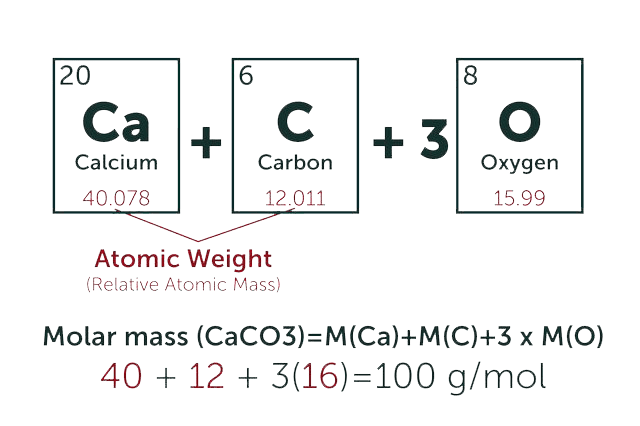Pradimicin T2
* Please be kindly noted products are not for therapeutic use. We do not sell to patients.
| Category | Antibiotics |
| Catalog number | BBF-02058 |
| CAS | 149598-63-0 |
| Molecular Weight | 799.68 |
| Molecular Formula | C37H37NO19 |
Online Inquiry
Description
Pradimicin T2 is an antibiotic produced by Actinomyces AA 3798. It has activity against filamentous fungi and yeast-like fungi.
Specification
| Synonyms | Glycine, N-((5-((6-deoxy-beta-D-galactopyranosyl)oxy)-5,6,8,13-tetrahydro-1,6,9,14-tetrahydroxy-3-methyl-8,13-dioxo-11-(beta-L-xylopyranosyloxy)benzo(a)naphthacen-2-yl)carbonyl)-, (5S-trans)- |
| IUPAC Name | 2-[[(5S,6S)-1,6,9,14-tetrahydroxy-3-methyl-8,13-dioxo-5-[(2S,3R,4S,5R,6R)-3,4,5-trihydroxy-6-methyloxan-2-yl]oxy-11-[(2R,3S,4R,5S)-3,4,5-trihydroxyoxan-2-yl]oxy-5,6-dihydrobenzo[a]tetracene-2-carbonyl]amino]acetic acid |
| Canonical SMILES | CC1C(C(C(C(O1)OC2C(C3=CC4=C(C(=C3C5=C2C=C(C(=C5O)C(=O)NCC(=O)O)C)O)C(=O)C6=C(C4=O)C(=CC(=C6)OC7C(C(C(CO7)O)O)O)O)O)O)O)O |
| InChI | InChI=1S/C37H37NO19/c1-9-3-15-22(29(48)19(9)35(53)38-7-18(41)42)21-13(27(46)34(15)57-37-33(52)31(50)24(43)10(2)55-37)6-14-23(30(21)49)26(45)12-4-11(5-16(39)20(12)25(14)44)56-36-32(51)28(47)17(40)8-54-36/h3-6,10,17,24,27-28,31-34,36-37,39-40,43,46-52H,7-8H2,1-2H3,(H,38,53)(H,41,42)/t10-,17+,24+,27+,28-,31+,32+,33-,34+,36-,37+/m1/s1 |
| InChI Key | YNXJAOKAYJEVKX-PGENVNSISA-N |
Properties
| Appearance | Dark Red Amorphous Solid |
| Antibiotic Activity Spectrum | fungi |
| Boiling Point | 1157.4°C at 760 mmHg |
| Melting Point | 185-190°C (dec.) |
| Density | 1.85 g/cm3 |
Reference Reading
1. Pradimicins T1 and T2, new antifungal antibiotics produced by an actinomycete. I. Taxonomy, production, isolation, physico-chemical and biological properties
T Furumai, T Hasegawa, M Kakushima, K Suzuki, H Yamamoto, S Yamamoto, M Hirano, T Oki J Antibiot (Tokyo). 1993 Apr;46(4):589-97. doi: 10.7164/antibiotics.46.589.
Pradimicins T1 and T2, new members of the pradimicin family of antibiotics, were produced by an actinomycete strain AA3798. Pradimicin T1 exhibited potent activity against a wide spectrum of fungi in vitro and demonstrated efficacy against systemic Candida albicans and Aspergillus fumigatus infections in mice.
2. Pradimicins T1 and T2, new antifungal antibiotics produced by an actinomycete. II. Structures and biosynthesis
T Hasegawa, M Kakushima, M Hatori, S Aburaki, S Kakinuma, T Furumai, T Oki J Antibiot (Tokyo). 1993 Apr;46(4):598-605. doi: 10.7164/antibiotics.46.598.
Pradimicins T1 and T2 are new members of the pradimicin family of antibiotics produced by an actinomycete strain AA3798. Pradimicins T1 and T2 are dihydrobenzo[a]naphthacenequinones substituted with 3 and 2 sugar moieties, respectively. The salient feature in their structures is an L-xylose attached to the phenolic hydroxyl group at C-11. Bioconversion experiments using a blocked mutant B-54 of strain AA3798 not only explored a plausible biosynthetic pathway of pradimicins T1 and T2, but also provided evidence of 5S,6S configuration.
3. Interaction of three pradimicin derivatives with divalent cations in aqueous solution
M Hu, Y Ishizuka, Y Igarashi, T Oki, H Nakanishi Spectrochim Acta A Mol Biomol Spectrosc. 2000 May;56(6):1233-43. doi: 10.1016/s1386-1425(00)00229-8.
This study focused on further analysis of the aggregation behavior of pradimicin derivatives and their interaction with cations in aqueous solution. BMY was compared with two other pradimicin antibiotics (T2 and FB) with the same aglycone moiety but consisting of different substitute groups. The surface tension measurement showed a clear critical micelle concentration at 1-2 mM of the BMY aqueous solution. The role of Zn2+ in replacing the Ca2+ was examined using 1H nuclear magnetic resonance (NMR) method. From changes in the NMR spectrum and precipitability, it was concluded that zinc ion has lower affinity and higher precipitating ability to BMY than the divalent cations of alkaline earth metal. The aggregation behavior of T2 and FB in aqueous solution was also studied using NMR method. The results suggest that the supramolecular behavior of T2 is similar to BMY whether or not Ca2+ ions are present in solution and that there are two binding sites for calcium ions in a T2 molecule. Unlike BMY and T2, the NMR spectrum of FB does not show distinct change upon Ca2+ addition. The interaction of pradimicin antibiotics with divalent metal ions was thought to be related to ionic electronegativity and to the amphoteric property of the antibiotics.
Recommended Products
| BBF-00569 | Aspoxicillin | Inquiry |
| BBF-05818 | Docosahexaenoic acid | Inquiry |
| BBF-03908 | Miltefosine | Inquiry |
| BBF-03819 | Spinosyn A | Inquiry |
| BBF-03862 | Cefozopran hydrochloride | Inquiry |
| BBF-03428 | Tubermycin B | Inquiry |
Bio Calculators
* Our calculator is based on the following equation:
Concentration (start) x Volume (start) = Concentration (final) x Volume (final)
It is commonly abbreviated as: C1V1 = C2V2
* Total Molecular Weight:
g/mol
Tip: Chemical formula is case sensitive. C22H30N4O √ c22h30n40 ╳


